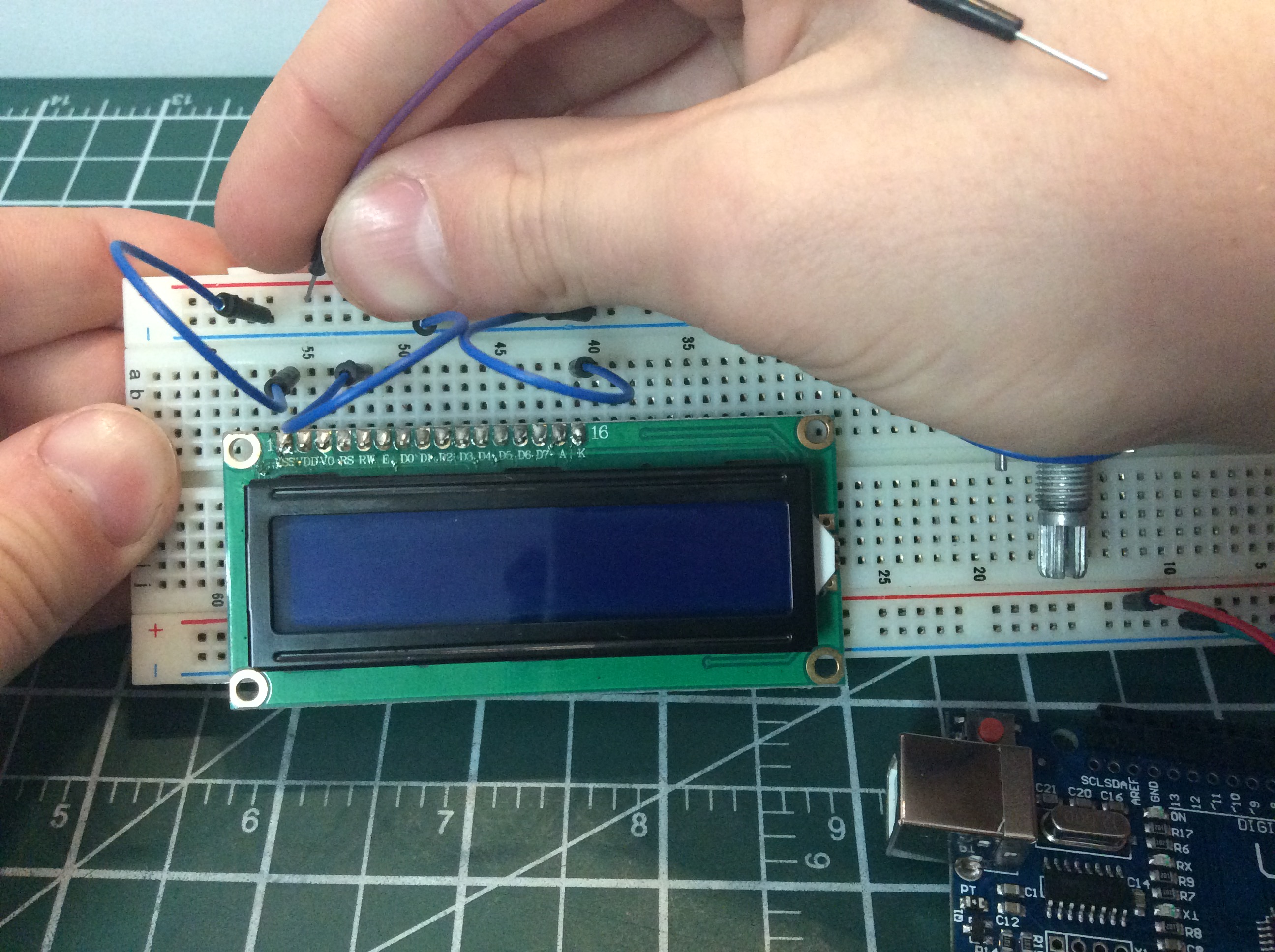

- #HKE TO MAKE A PLAIN TEXT EDITOR WITH ARDUINO SERIAL#
- #HKE TO MAKE A PLAIN TEXT EDITOR WITH ARDUINO MANUAL#
- #HKE TO MAKE A PLAIN TEXT EDITOR WITH ARDUINO FULL#
- #HKE TO MAKE A PLAIN TEXT EDITOR WITH ARDUINO CODE#

#HKE TO MAKE A PLAIN TEXT EDITOR WITH ARDUINO CODE#
The result is that I can work on my code in a fantastic text editor, and build and upload code to Arduino devices without leaving Atom. It makes use of Atom's BufferedProcess, runs the PlatformIO commands in a separate process, and pipes the output into nice div at the bottom of the editor. The package I created, platomformio (get it?), is very simple. The editor itself does all the boilerplate work for you, this tutorial is solid, and the mass amount of existing open packages are extremely helpful and inspiring as well - all praise open source software! Hours of programming now can save you minutes of something else later Task 2Ĭreating a custom Atom package was incredibly easy. Free from the constraints of the Arduino editor, life was good. I was tempted to stop here since I could now develop code in any text editor and use the command line for everything else.
#HKE TO MAKE A PLAIN TEXT EDITOR WITH ARDUINO SERIAL#
Aside from that it's exactly what I was looking for - I can verify, compile, upload code, as well as monitor communication over serial port, all through the command line. The interface is very attractive and easy to use and it is very different from the. The only downside is you have to organize your code in a specific file structure (isn't life hard). Moreover, PlatformIO supports multi-projects, themes, library management. I discovered PlatformIO as a great solution for this. Run terminal commands from Atom with a key binding.Compile/Upload Arduino code from the command line.I figured I could accomplish this if I could tackle two smaller tasks. Besides, figuring out a solution personally is way more fun! The Solution But new editor versions come out, alongside new versions of Arduino, and new versions of operating systems - I can never get these things to work. Like stino for Sublime Text, it looks great and I'm sure it would be.
#HKE TO MAKE A PLAIN TEXT EDITOR WITH ARDUINO FULL#
There exists a very full featured Atom package for doing all things Arduino - nino. You're more or less stuck with it however as it's the only means of verifying your code is correct, and uploading it on to your device.


The set length (in words per minute) and the actual speed of the last receved dot are displayed on the top line of the LCD display.
#HKE TO MAKE A PLAIN TEXT EDITOR WITH ARDUINO MANUAL#
While auto mode attempts to track the speed, manual mode usually gives the best results. Speed adjustment is set by a potentiometer to the sending speed of the morse or alternatively the unit can be set to automatic mode. Using a microphone module connected to an Arudio nano, recieved pulses of morse code are convereted to plain text and and displayed on a 20x4 LCD module.


 0 kommentar(er)
0 kommentar(er)
